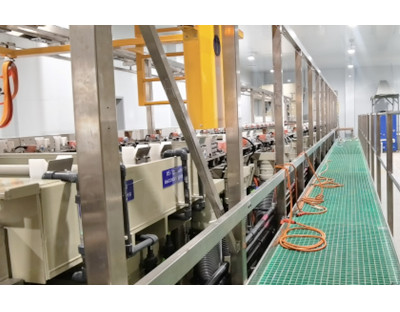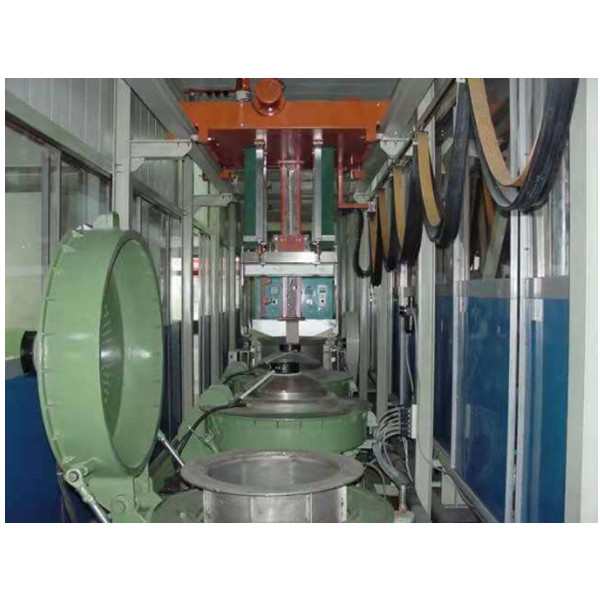Barrel plating is a common way of electroplating. Barrel plating undertakes most of the tasks of electroplating processing of small parts, accounting for about 50% of the entire electroplating processing, covering fasteners, stamping parts, plumbing parts, electronic components and other similar large batch plating parts.
There are dozens of plating types of barrel plating, including zinc plating, copper, nickel, tin, chromium, gold, silver and alloy. Generally, barrel plating can be used as long as the plating process can be used for hanging plating. Therefore, barrel plating is widely used in electroplating enterprises, and its importance is almost equal to that of hanging plating.
However, we will also encounter various problems in barrel plating. Today, we mainly talk about some problems and solutions in barrel plating solution.
I, The anode is easily broken at the interface of liquid level
Four of the eight anode plates hanging in the barrel rolling tank have “heads” but no “tails”. They broke off from the junction of the liquid level and fell to the bottom of the tank. Because the “head” is still on the anode stem, it was found out slightly and accurately, and the remaining four “necks” have also been dissolved into thin parts. With a little collision, they may break and have been seriously passivated. This passivation phenomenon is due to the improper ratio of cathode and anode areas, that is, the anode area is too small, However, the anode area is too small because it is easy to dissolve and break at the solution interface. This is because the anode at this part is at the solution interface that appears and disappears from time to time. The current density passing through it is large, and it is more vulnerable to chemical and electrochemical accelerated dissolution.
After that, some improvements were made on the anode plate to solve the above problems. The specific methods are as follows. At the junction of the anode plate and the liquid surface (3~5cm above and below), a section of plastic cloth is bundled to insulate the anode, effectively preventing the anode from dissolving too quickly at this position, greatly improving the utilization rate of the anode plate, and thus improving the passivation phenomenon caused by too small anode area.
In order to prevent the above phenomenon from happening again, the barrel plating bath should be equipped with a large area of anode area. This is because the surface area of barrel plating parts is much larger than that of hanging plating parts compared with barrel plating, and the anode consumption is fast. In addition, sufficient anode area is the key to maintain the normal operation of the solution and ensure the quality of the coating. Therefore, more inspection should be carried out at ordinary times, and when the anode area is insufficient, it should be supplemented in a timely manner.
II, Too fast loss of barrel plating solution
Reducing the loss of barrel plating solution is an important link to reduce the production cost in barrel plating process. There are two possibilities for excessive loss of barrel plating solution.
(1) The solution evaporates naturally when the temperature is high. At this time, the loss of chemical materials is very little, and can continue to be used after adding water.
(2) It is brought out with the workpiece. At this time, the following methods can be adopted for collection.
At the end of barrel plating, place the barrel that has left the bath solution on the shelf of the bath surface, slowly press it by hand for two turns in the reverse and forward directions, and then tilt it left and right to make the solution in the barrel as clean as possible. When the workpiece is poured from the rolling nose to the basket, a large plastic turnover box can be placed under it to collect the solution flowing from the workpiece.
Conditional units can also set up a bath recovery tank next to the barrel plating tank. The bath cleaned for the first time on the back and forth plated parts can be used to supplement the natural loss of the barrel plating solution. This can not only achieve the recovery and utilization of materials, but also reduce the pollution of harmful and toxic substances to the environment.
III, Improve the utilization rate of barrel plating bath
Generally, the workload of barrel plating workshop is relatively full, the volume of bath solution is relatively small, the volume current density of solution is large, the consumption of solution is fast, and the proportion of each component is easy to be misadjusted. In addition, because the workpiece surface is difficult to be purified during pretreatment, and dirt is easy to be brought into the bath, the barrel plating solution needs to be adjusted, supplemented and purified frequently.
This needs to occupy working time. If there is a backup solution, this problem can be solved. Suck out the invalid and contaminated solution, inject the backup solution, and then continue to work. Then adjust, supplement and purify the replaced solution as the next round of backup solution replacement.
IV, The temperature of barrel plating solution rises too fast during operation
During barrel plating, due to the large volume current density of the solution, more heat is generated, the temperature rises too fast, and the cloud point of some plating additives is low, so it is not allowed to work at a higher temperature. Therefore, cooling measures shall be considered. A simple cooling facility.
It is more convenient. As long as the drainage ditch is widened and deepened, it can be used. The waste water discharged from the cleaning tank can also be used as cooling water.
This kind of cooling method has obvious effect and low cost. For example, if you dig a pit under the plating tank with clean water, you can connect the water supply and drainage. This type of cooling is particularly beneficial to the unit using deep well water. If you use the drainage ditch, the cost of water washing is zero.
V, Control of iron ion in barrel plating solution
The barrel nickel plating of a certain factory has poor brightness, serious whitening and yellowing. It is said that this phenomenon occurs 1~2 times a month. It can be improved for 2~3 weeks after the pH value is increased by hydrogen peroxide treatment and filtration, but it can never be completely solved.
(1) After pretreatment, the workpiece shall be barrel plated immediately. If the workpiece stays in the air for too long after pretreatment, floating rust will occur.
(2) After degreasing, the workpiece shall be screened with wire mesh. Remove the iron filings adhered to the surface and the small round pieces punched out during punching by sieving.
(3) Magnet is used to suck the bottom of the groove when the workpiece is completed. The iron falling into the tank is sucked out.
(4) Maintain the barrel door. Prevent the workpiece from leaking out of the barrel due to the deformation of the barrel door.
VI, The reason why the concentration of barrel plating solution is higher than that of rack plating solution
The formula composition of barrel plating solution is basically the same as that of hanging plating solution except for a few plating species, but the component concentration is higher than that of hanging plating solution for the following reasons.
(1) Main salt concentration. The higher the concentration of main salt, the higher the current density can be used, so as to accelerate the deposition speed, improve the work efficiency, improve the deep plating ability, and help to improve the stability of j solution.
(2) Conductive salt concentration. Maintaining sufficient conductive salt content is conducive to improving the dispersion ability and deep plating ability of the bath, facilitating the normal dissolution of the anode, and facilitating the rapid consumption of supplementary metal ions.
(3) Buffer concentration. During barrel plating, the pH value changes relatively quickly, and due to the violent stirring of the plating solution, the solution temperature is relatively high. In order to avoid side effects due to the blocking of anodic dissolution, there is enough buffer in the solution, which can solve this problem.
From the above favorable factors that the relevant components in the barrel plating solution are higher than the hanging plating formula, it can be seen that the hanging plating solution should not be used as the barrel plating solution, but should be prepared separately.





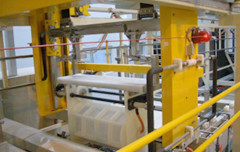
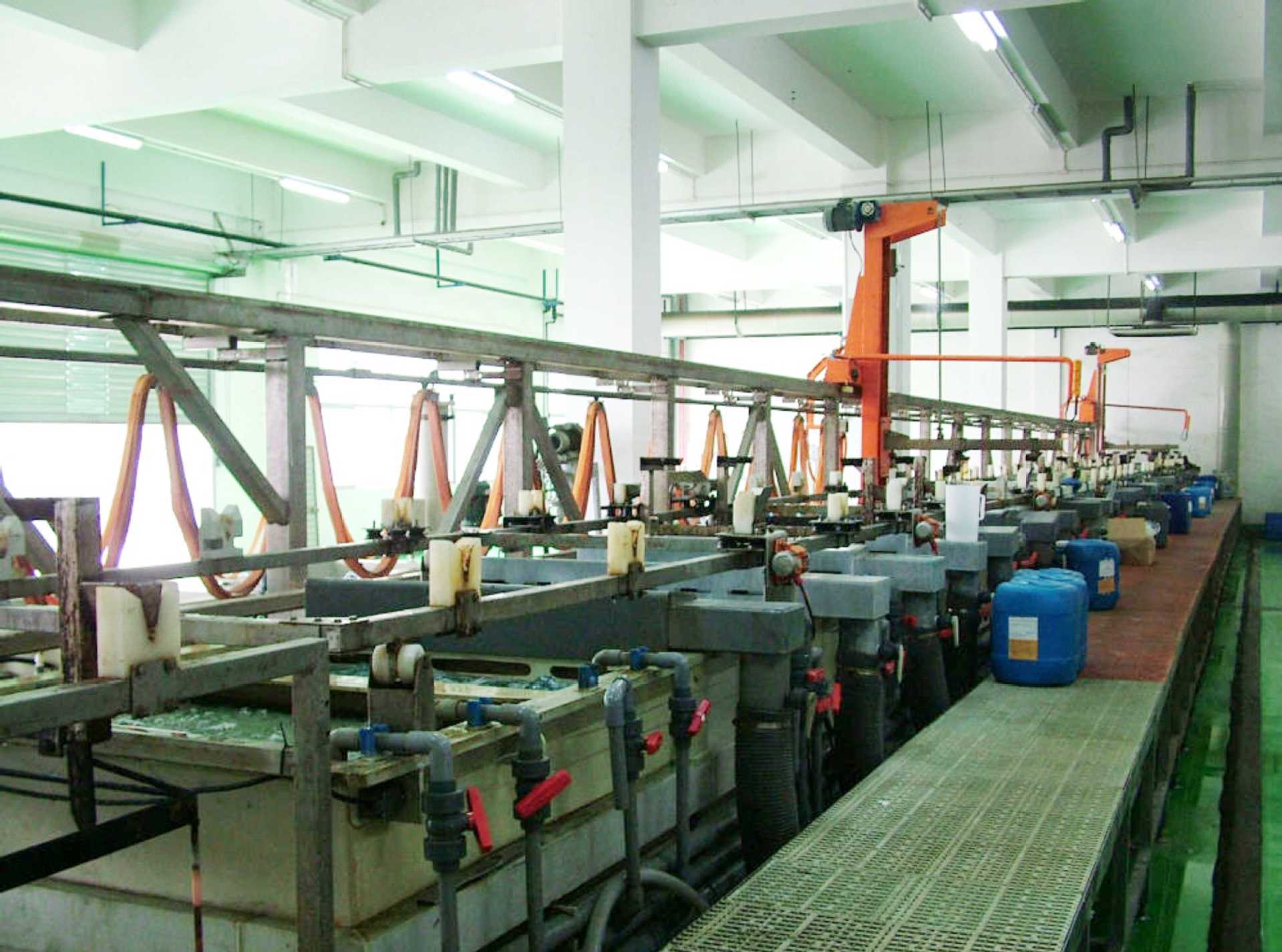
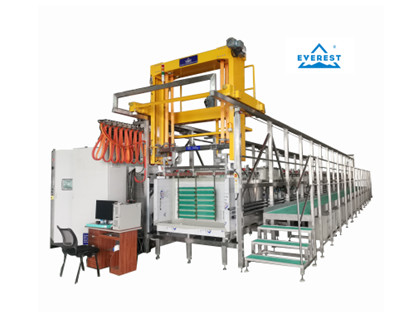
 Mar. 08, 2022
Mar. 08, 2022 